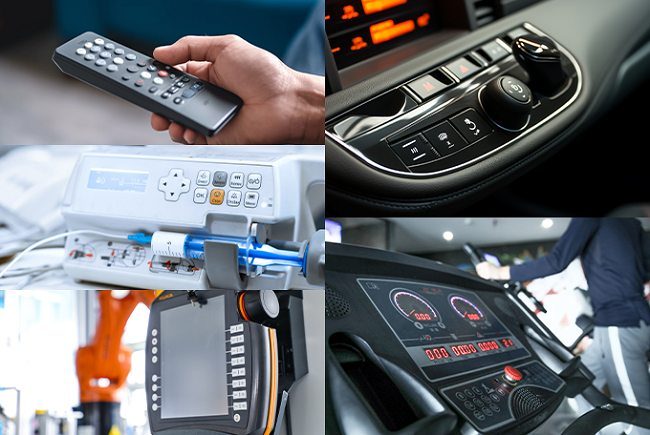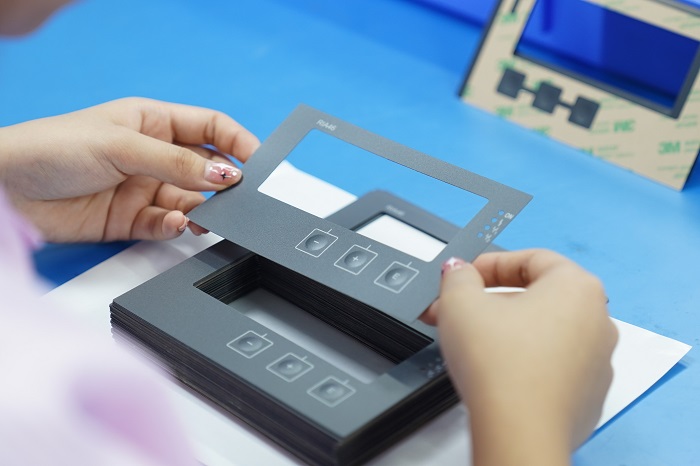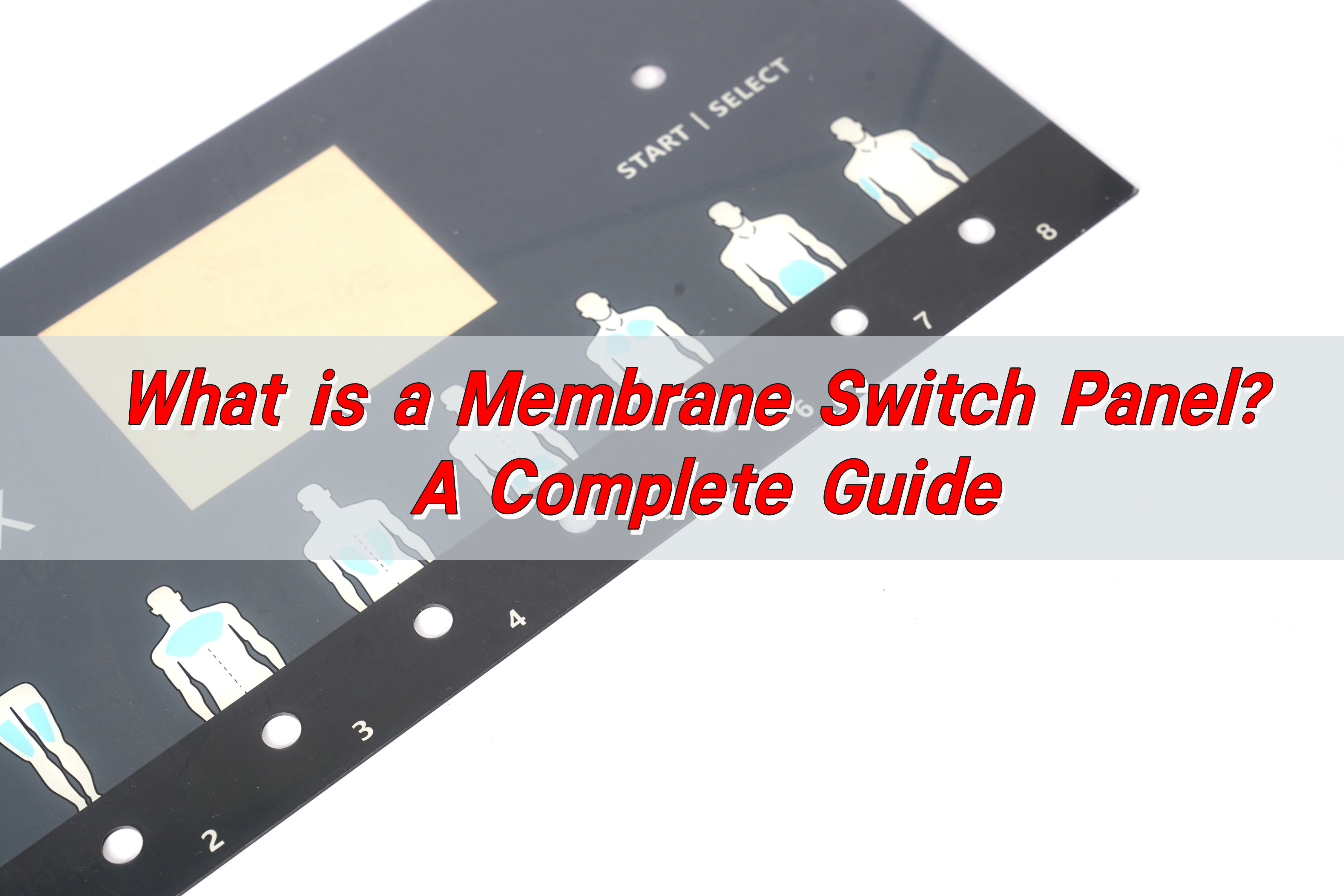
Smart Device Interface Operating System-Membrane Switch
Smart Device Interface Operating System-Membrane Switch
With the needs of the market, the design of membrane switches has become more and more user-friendly. Nowadays, membrane switches are commonly used in intelligent consumer electronics products, general durable household appliances and even industrial machinery applications. The typical structure of a membrane switch is a multi-layer structure, planar self-locking key switch composed of a certain elastic insulating material and a conductive material layer.
Traditional membrane switch manufacturing process
The manufacturing process of membrane switches mostly adopts the screen printing method. According to the pre-designed contacts and circuits, the conductive printing material is screen-printed on the flexible polyester (PET) film, and then the screen-printed circuit film and screen-printed It is composed of flexible substrate, PCB board or other panel materials. Compared with traditional mechanical switches, membrane switches have the advantages of simple structure, beautiful appearance, excellent environmental resistance and long service life. At the same time, due to the unique structural form of the membrane switch, it is more conducive to the development of electronic machines in the direction of being light, thin, short, small and highly intelligent.

Function and application scope of membrane switch
The membrane switch is neither a single new panel nor a single switching element, but a comprehensive electronic device that combines sensors and switching elements. It can be installed on the panel of the entire machine and used to perform mechanical functional operations; it can be used as an exterior decoration or simply as a switch button. With the core of the membrane switch sensor, regardless of the base material, the product can achieve many different functions. Nowadays, it can be seen in household appliances, 3C electronics, automobile control and other fields.
As an electronic component, membrane switches are used in various fields such as industry, agriculture, national defense, scientific research, medical care, office automation, household appliances, and children’s toys. In particular, the popularity of the 3C consumer electronics market is driving the continuous development of membrane switches in the direction of miniaturization, intelligence and multi-function. Membrane switches are used in some electronic products as shown below:

Why choose membrane switch?
•Flexible design: Membrane switches can be customized in shape, color and pattern according to product requirements, perfectly integrating into various design styles.
•Strong durability: Excellent environmental adaptability and long service life ensure stable operation under various conditions.
•Saving space: The thin and light characteristics comply with the trend of miniaturization of modern electronic equipment and provide more possibilities for product design.
•Multi-function integration: Not only switches, but also functions such as displays and indicators can be integrated to achieve a more complex interactive experience.
•Intelligent application: adapt to the rapid development of intelligent equipment and support high-precision and rapid response control requirements.

In today’s pursuit of ultimate user experience and technological innovation, membrane switches are not only an indispensable component of electronic equipment, but also the key to improving product competitiveness. Whether you are an electronic product designer or a manufacturer looking for efficient solutions, membrane switches will be your ideal choice, leading your products to a smarter and more humane future. Explore the infinite possibilities of membrane switches now, let your products stand out in the fierce market competition, and touch the future, starting now.

What is a Membrane Switch Panel? A Complete Guide
Membrane switch panel is a thin, beautiful electronic component that integrates key functions, indicator components and instrument panels. It consists of a panel, an upper circuit, an isolation layer and a lower circuit. When pressed, the upper circuit contacts and the lower circuit are connected. When released, the contact rebounds and the circuit is disconnected. ...
Custom Silicone Rubber Membrane Switch & Rubber Keypad
Silicone rubber membrane switch is a membrane switch made of silicone rubber material, which has the advantages of silent operation, high temperature resistance and stable chemical properties. It changes the structure of the traditional touch switch using metal shrapnel and uses silicone rubber as the conductive material, so it is also called a silent touch ...

Why choose a PET membrane switch? Key benefits you should know
PET membrane switches have good key life, corrosion resistance, wear resistance, and excellent insulation performance, and are suitable for key parts that are used frequently. They have high hardness and can withstand large key forces, ensuring long-term stability. In addition, PET membrane switches have good temperature resistance and can operate in a temperature range of ...
Contact us online